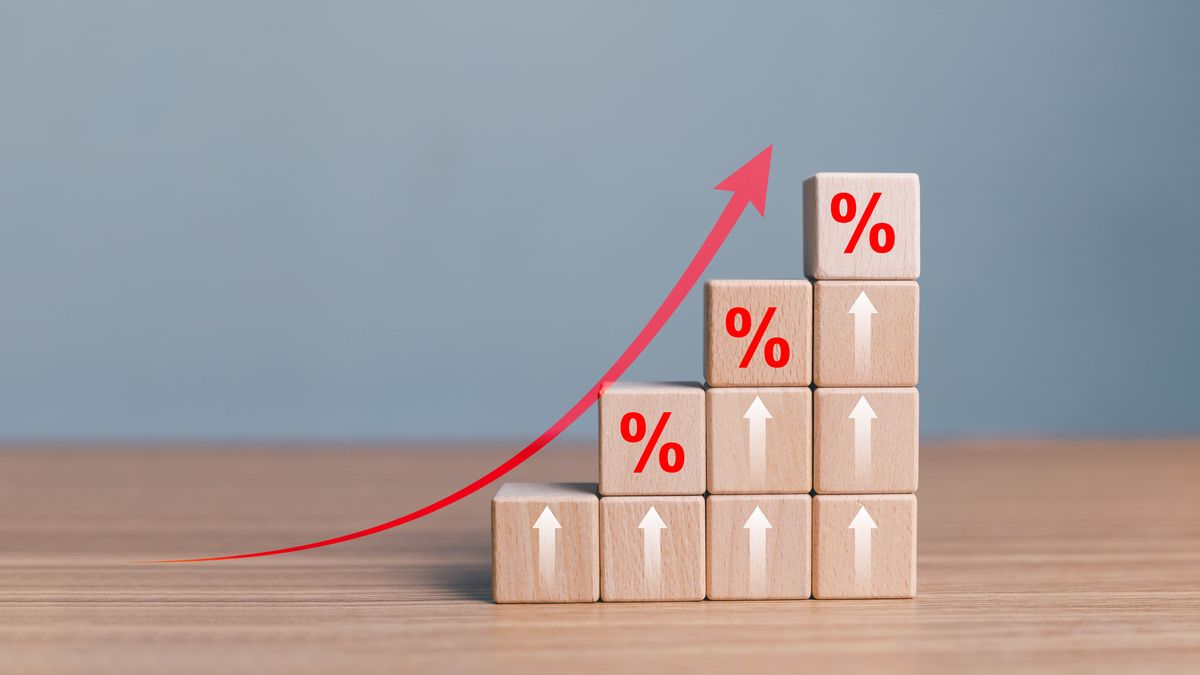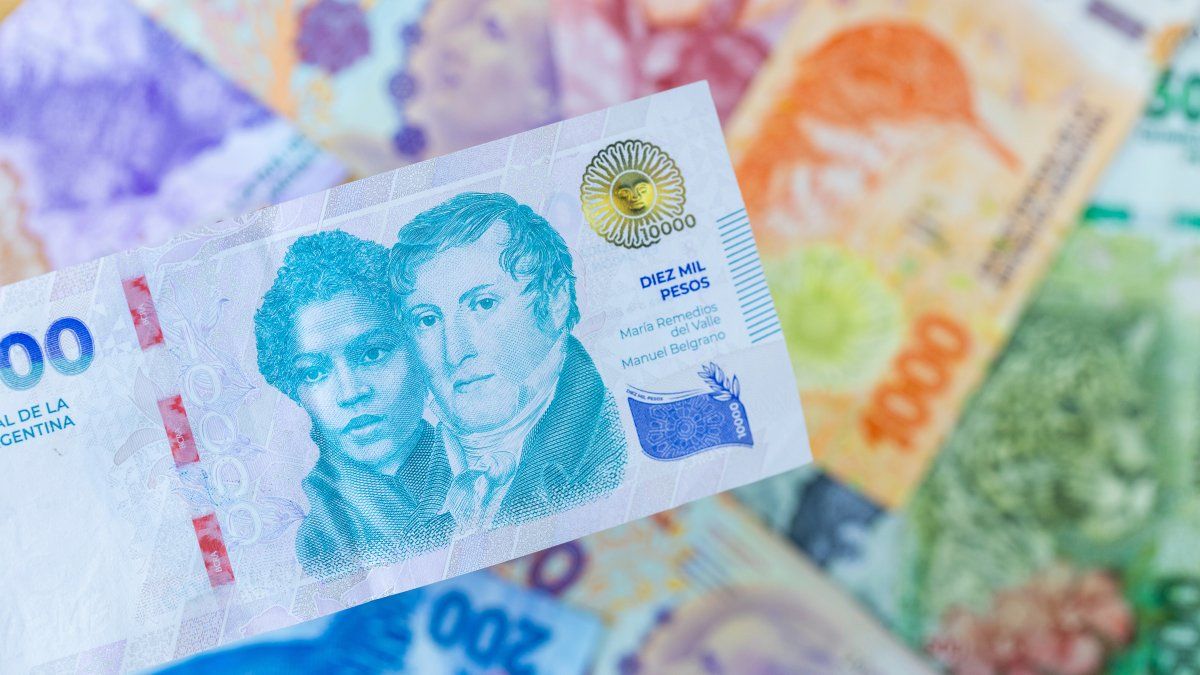Let us remember, on the one hand, that, after the Mandatory Simultaneous Open Primary (PASO) electionshe dollar oficial is fixed at $350, as a result of the devaluation mentioned. Simultaneously with this measure, the BCRA immediately adjusted the term rate traditional fixed rate, raised it 21 percentage points, up to 118% (Annual Nominal Rate, TNA) to be in tune with the exchange rate jump.
And on the other hand, many pesos were injected into the economy as a consequence of the bonuses for retirees, workers and social plans that were implemented to supplement the effect of the devaluation in prices and support programs for different agricultural sectors and SMEs. Thus, all private forecasters of inflation They are anticipating that the price rise data for August, which will be known on Wednesday, September 13, will be in double digits and will be around 11% or 12% per monthwell above the 6% (almost doubling) in July.
Fixed term and inflation: the objective of positive rates
In that context, How will the BCRA react with its rate policy? as indicated by Federico Zirulnik, chief economist at the Scalabrini Ortiz Center for Economic and Social Studies, “if you want to continue holding a positive rateyou will have to upload it again ”.
It should be mentioned that the positive rate path It is a requirement that the International Monetary Fund (IMF) within the framework of the debt payment agreement that the country signed with the agency, and which, at the same time, is a tool to contain inflation and the dollarization trend of savings.
In order not to abandon that path, taking into account that the effective monthly yield of the fixed term is today 9.7% against inflation above 10%, the BCRA ought raise the rate one more time. This is confirmed by the director of CyT Asesores Económicos, Camilo Tiscornia, when he points out that “it should be higher” in relation to the inflation planned.
CENTRAL BANK BCRA 1.jpg
The Central Bank evaluates its rate strategy.
Ignacio Petunchi
However, like the rest of the analysts consulted, Tiscornia considers that “it is very likely that I will not upload itabove all, taking into account that it is a measure that would aggravate the quasi-fiscal deficit (the interest that the BCRA pays to the banks for the liquidity bills).
Likewise, Zirulnik indicates that it must be taken into account that, beyond the August peak, as a consequence of the devaluation and the announced measures, “inflation is likely to drop somewhat by September” compared to the previous month.
Thus, as indicated by Sergio Chouza, director of Consultora Sarandí, everything indicates “that the most prudent attitude, today, would be to leave the fixed term rate stable at 9.7% effective monthly, with 118% nominal annual and 209% effective annual, beyond the inflationary flash of the month of August.
How inflation will continue: key to the fixed term
And it is that, as can be deduced from what has been indicated, this phenomenon seems to be a peak of a moment, which, in the words of Chouza, “was given by extremely high volatility and uncertainty by the result of the elections without institutional and nominal anchors and that returned to its channel, after the agreement with the IMF”.
In fact, it stands out that, in nominal terms, the situation did not break down and that, after the peak of the third week of August, the first week of September shows an inflationary deceleration compared to the last of the previous month.
In addition, analysts agree in mentioning that, in the current electoral contextin which the journey to the dollar It is already a very marked tendency, it becomes evident the ineffectiveness of the rate to discourage dollarization.
Fixed term: what the BCRA will do with the rates
Consequently, taking into account that, side, as stated, interest cost is high of the BCRA debt, a new rate adjustment seems to be more detrimental at this time than it would serve to discourage a dollarization in the short term.
In a similar vein, the economist and director of MyR Consultores, Fabio Rodríguez, points out that he expects there to be “a mini status quo until october by the Government, trying to continue with the official dollar at $350 and the MEP intervened in the area of between $650 and $700″ and points out that, as long as this is effective so that the exchange rates do not skyrocket and the BCRA can continue buying dollarssees no incentive to raise the rate.
Thus, for Chouza, “the most prudent thing to do is keep the rate stable at these levels, even in the face of high inflation data in August, and not give it another push again”.
The same is pointed out by Zirulnik, who considers that “if the august inflation below 12% (possible variable, although it seems difficult), it is likely that the Central hold rate fixed term at current levels, while if it is above that level, surely, they will go up again ”.
Source: Ambito
I am a 24-year-old writer and journalist who has been working in the news industry for the past two years. I write primarily about market news, so if you’re looking for insights into what’s going on in the stock market or economic indicators, you’ve come to the right place. I also dabble in writing articles on lifestyle trends and pop culture news.




